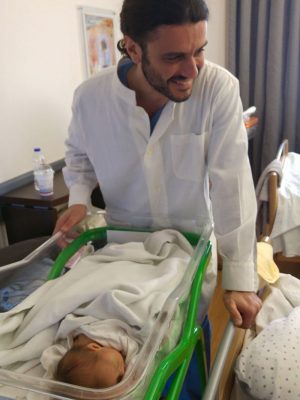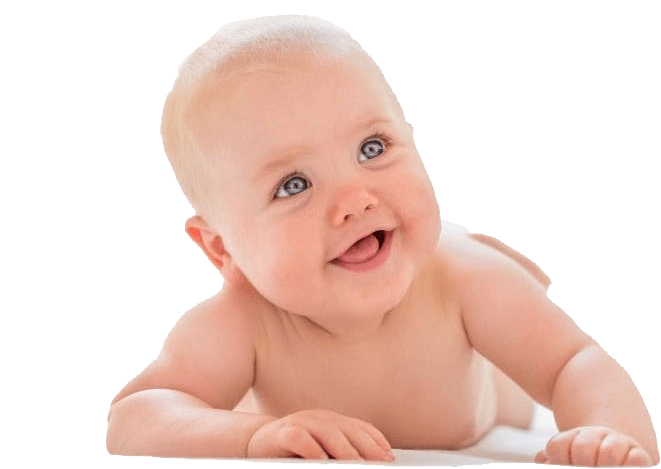NATURAL CYCLE IVF
What is a Natural Cycle In Vitro Fertilization (IVF)?
Natural Cycle IVF is the most “natural” alternative IVF method and the closest possible choice to natural conception.
The treatment begins with the hormonal and ultrasound monitoring of the eggs that are produced naturally in the ovaries every month.
There is no administered medication for the stimulation of the ovaries and therefore hazards like multiple gestations or the Ovarian Hyperstimulation Syndrome (OHSS) can be avoided.
In some cases, a small quantity of hormones is prescribed towards the end of the therapy in order to avoid Primary Ovarian Insufficiency (POI) or for the creation of 2 – 3 eggs (modified natural cycle).
When the follicle reaches the desired size, the egg retrieval can begin. Then comes the fertilization of the egg in the laboratory, just like in the typical IVF method.
This therapeutic approach is increasingly popular amongst couples. Improvements in the Embryo Culture procedure as well as the constant demand for “lighter” medication protocols, have made this a very popular choice.
It has been observed that in Natural Cycle IVF there is better embryo quality and also higher implantation rates per embryo, compared to the classic IVF procedure. This is because of the absence of stimulation medication which rules out the possible negative impact to the endometrium.
Nevertheless, we shouldn’t forget that during the classic IVF procedure, huge amounts of eggs are produced which immediately increases the chances of pregnancy.
Read this very useful article about the success rates of IVF and IntraUterine Insemination (IUI).

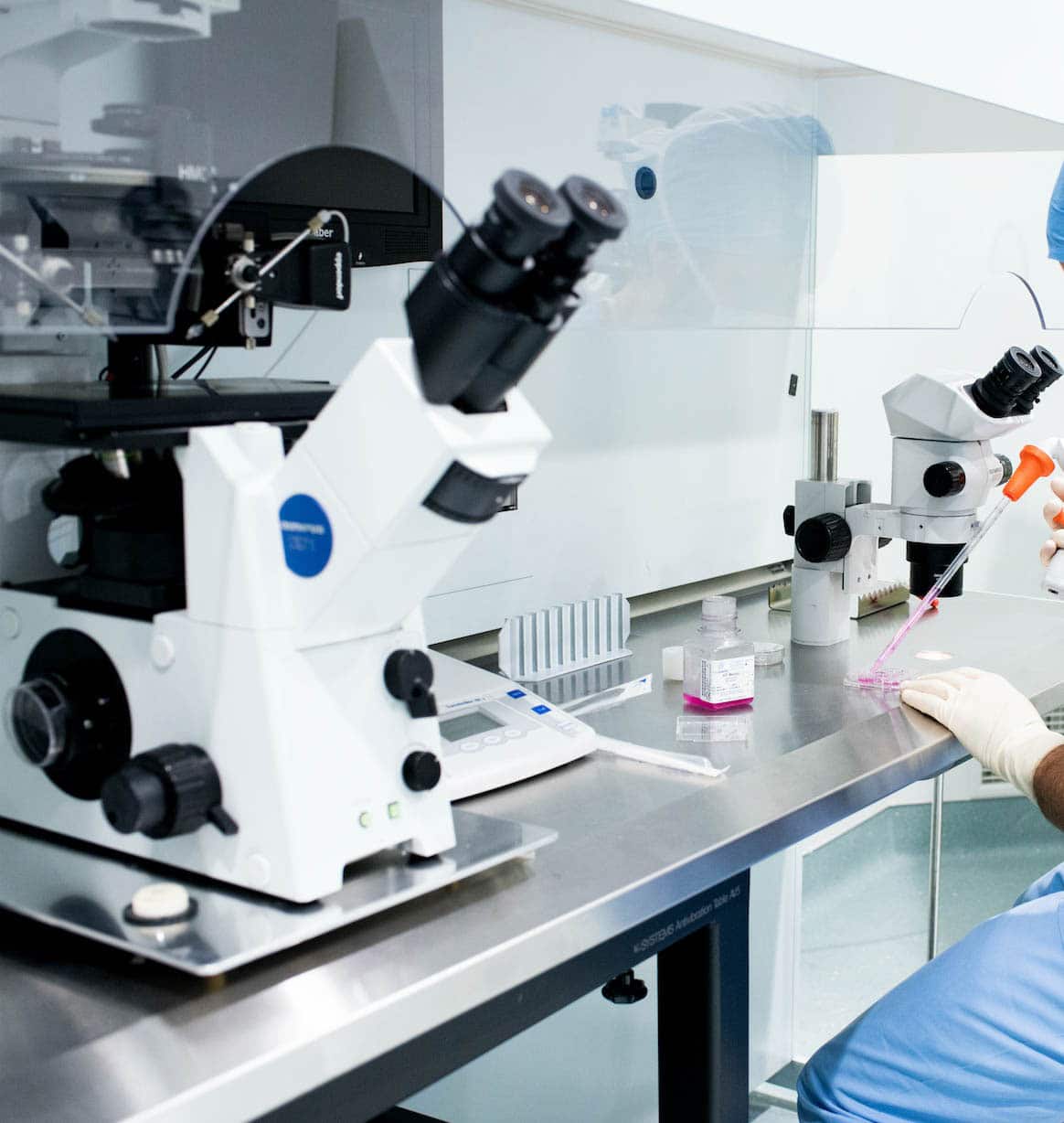
Which women is it ideal for
The Natural Cycle IVF constitutes an alternate solution in the following cases:
– When there is a poor ovary response during a classic IVF attempt (and it’s unrelated to the woman’s age)
– When the couple has multiple past IVF attempt failures
– When there is a great need to avoid medication
– In extremely rare cases where there are counter-indicators for using drugs for ovarian stimulation
– In cases of women with secondary infertility (ie women that have already had a child in the past but cannot conceive a second time)
– In cases of women with a history of miscarriages
– In cases of women of advanced age
– When there is a history of bad quality embryos
– In cases of women with test results showing low AMH, and high FSH which translates to low ovarian reserve
– In cases where the patient wishes to try again immediately after a failed attempt, which is against the stimulation protocol.
What is the Modified Natural Cycle?
Collect and Freeze – Modified
Natural Cycle IVF is a low-cost procedure that causes no physical strain, but usually has very low success rates mainly due to ruptured follicles or follicles with no eggs.
The most popular and successful solution is the Modified Natural Cycle IVF which is actually a variation of the Natural Cycle procedure.
In this case, small medication doses are used during a natural ovulation cycle in order to select the egg with the lowest possible probability of failing the cycle.
In Modified Natural Cycle IVF, a variety of hormones may be administered like the GnRH antagonist to prevent Precautious Puberty, the luteinizing hormone (LH) and gonadotropins like the human chorionic gonadotropin (hCG) which causes the final maturation of oocytes and the formation of the Corpus Luteum (CL).
The eggs that are retrieved during each attempt are fertilized with the partner’s semen. The created embryos are frozen during the blastocyte stage. When 2 – 4 really good quality embryos are gathered, they are first un-frozen and then transferred altogether to the uterus (Embryo Transfer).
This procedure has to be repeated a few times (1-3) to be able to obtain 3 good quality embryos.
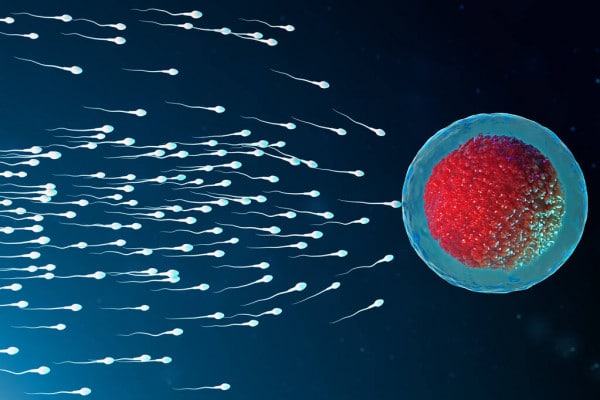
The steps of the Natural Cycle In Vitro Fertilization
The whole step by step procedure.
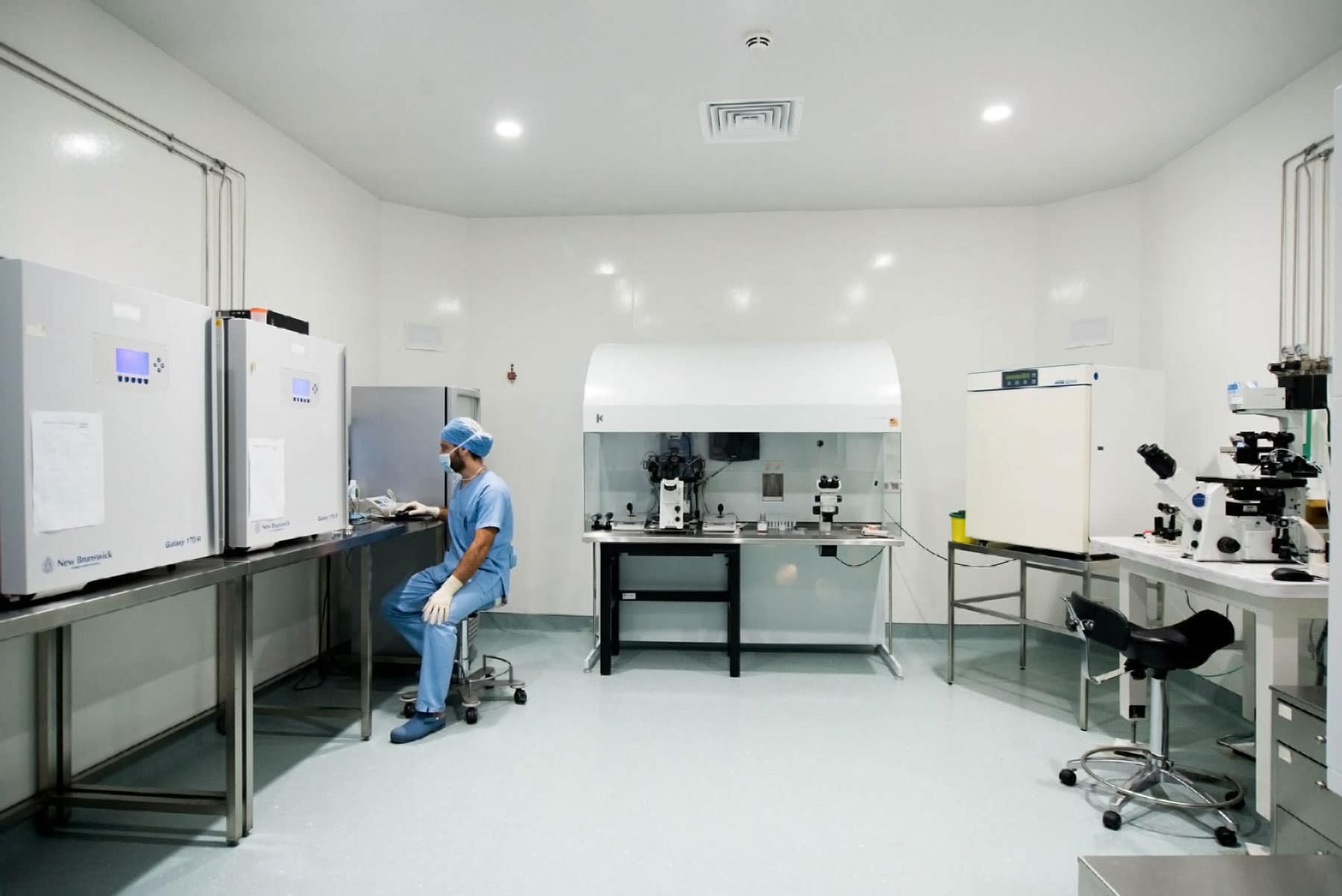
1. Identifying the causes of the infertility
The whole procedure begins by determining the causes of the infertility. The team’s gynecologist prescribes specialized medical examinations which will reveal the causes of the inability to achieve pregnancy. Detailed analysis both of the male and female factor, play a vital role in the selection of the most suitable treatment.
Click here to find out more about the male examinations
and here to read about the female examinations.
2. Ultra Sound Test
In Natural Cycle IVF there is no drug prescription to induce ovarian stimulation. Instead, the development progress of the dominant follicle and endometrium are monitored through ultra sound and hormonal testing.
In modified Natural Cycle IVF, very small quantities of gonadotropins are prescribed, with or without Clomiphene Citrate (Clomid, Serpaphar etc.) along with other medications, in order to achieve a more efficient egg collection process.
3. Egg Collection
It is nature itself that selects the best and strongest egg in the Natural Cycle IVF procedure.
When the follicle reaches the desired size, the egg retrieval can begin. This process takes place almost on the very same day that the ovulation naturally occurs.
The embryologist’s role is very important in this step too because his experience and specialization will ensure the successful collection of even the most obscure eggs (without cloudy cells*) while at the same time preventing any damage to the eggs’ cell structure which would in turn affect the embryos.
4. Sperm Collection
This procedure takes place on the same day as the egg collection and is achieved with masturbation.
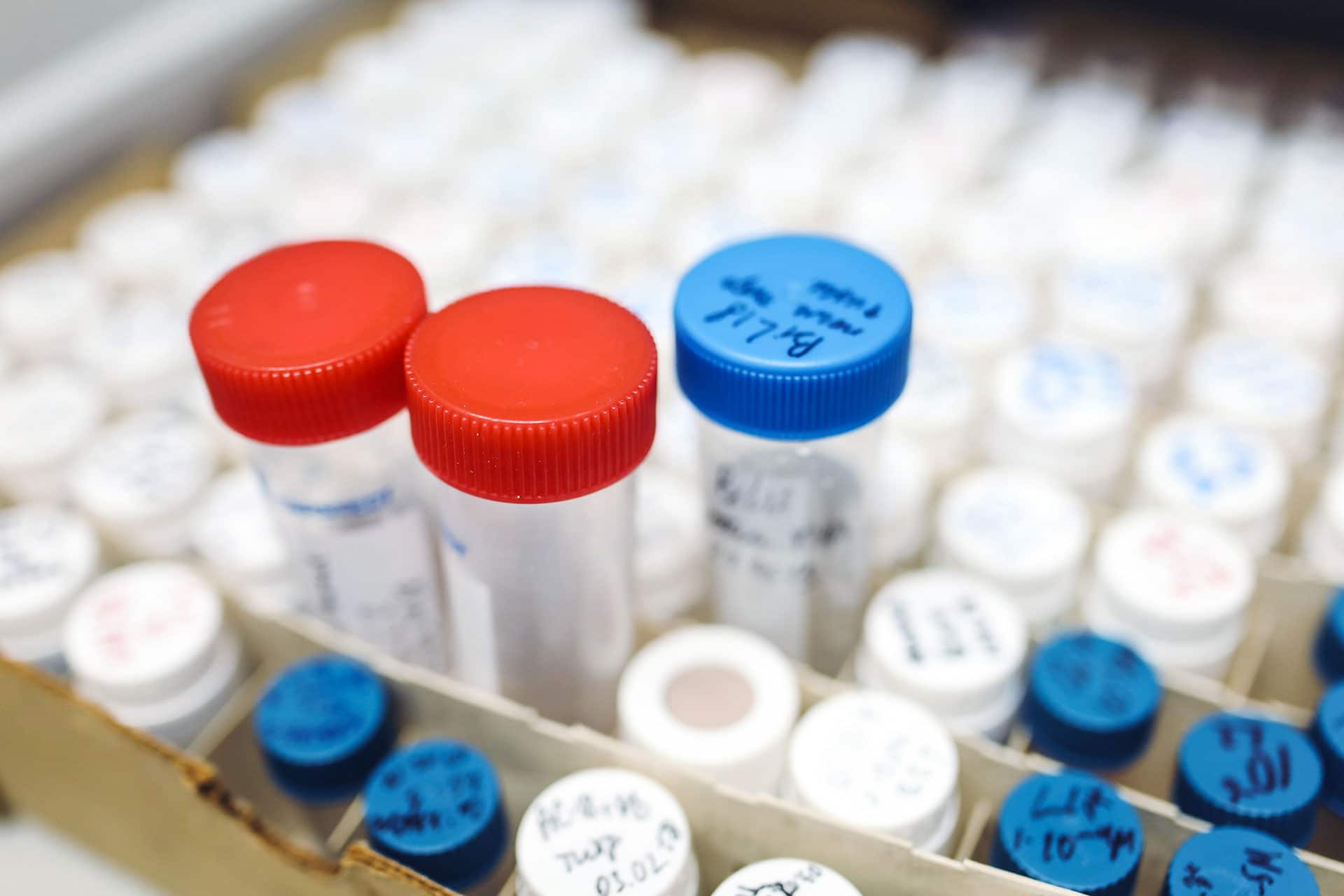
5. Embryo culture
After the egg and sperm collection, it’s time for the clinical laboratory to take action. The collected eggs and sperm are placed in such a way so that fertilization can take place and create new embryos. This is achieved by using either the classic IVF method or the ICS method.
The classic IVF method is selected in cases where:
– The collected sperm is in perfect condition
– This is the woman’s first attempt at In Vitro Fertilization
– The collected eggs are abundant
The embryologist leaves the eggs and the spermatozoa together for the whole duration of the night and in the morning, he checks to see how many of them have been fertilized. Nature has already selected the sperm that will create life by fertilizing the eggs.
IntraCytoplasmic Sperm Injection (ICSI) is selected when sperm is prevented from penetrating the egg due to male infertility and also in cases where:
– the quality of the sperm is poor
– the amount of eggs available is low
– there have been previous attempts at IVF
– there is a low percentage of fertilized eggs
In this procedure, the eggs are cleansed and the most mature and suitable ones are selected and separated from the surrounding granulosa cells. It takes place 2-10 hours after the egg collection. A small hole is made in the egg’s outer shell to allow the sperm to enter. The embryologist uses a special microscope in order to magnify the spermatozoa and select the most suitable one.
In this critical moment, the embryologist’s experience in combination with a well-equipped laboratory can achieve the much-desired pregnancy.
6. Embryo Transfer
The final but very critical stage which can determine the positive outcome of the whole IVF procedure is the embryo transfer stage.
If the conditions are optimal, the transfer of the fertilized egg can begin.
In some occasions, the Embryo Transfer is selected to be carried out during the blastocyst stage. A pregnancy test can be performed about two weeks later. Alternatively, the high quality embryos are collected and frozen until the highest possible permitted amount (depending on the woman’s age) has been collected.
The whole procedure takes the same amount of time as the normal female menstrual cycle (one month) and the cost is significantly lower than that of the classic IVF with ovarian stimulation because there is no prescribed medication.
You can read more about the classic In Vitro Fertilization procedure here.
Advantages and disadvantages
By individualizing each case, we achieve greater success rates and more valuable pregnancies.
The percentage of success in women up to 37 years old is almost 46% per Embryo Transfer. In the case of Natural Cycle IVF, that percentage can reach up to 58%. However, we should keep in mind that for the embryo transfer to take place, there must first be a successful egg collection procedure. The selected mature egg will be fertilized and eventually turn into a good quality embryo.
Advantages:
– No medical stimulation of the ovaries
– No side-effects and complications
– Low cost
– Immediate retry after failed attempt (no need for recovery time)
– No harmful symptoms of ovarian hyperstimulation
– No danger of multiple gestations.
The main disadvantage of this method is that only one single egg is developed. That egg might present serious difficulties during its isolation or its fertilization. In both these cases, the natural cycle is considered unsuccessful.
Disadvantages:
– Increased chances of premature ovulation
– Likely to fail when locating – selecting suitable egg
– High probability in selecting a non-mature egg.
